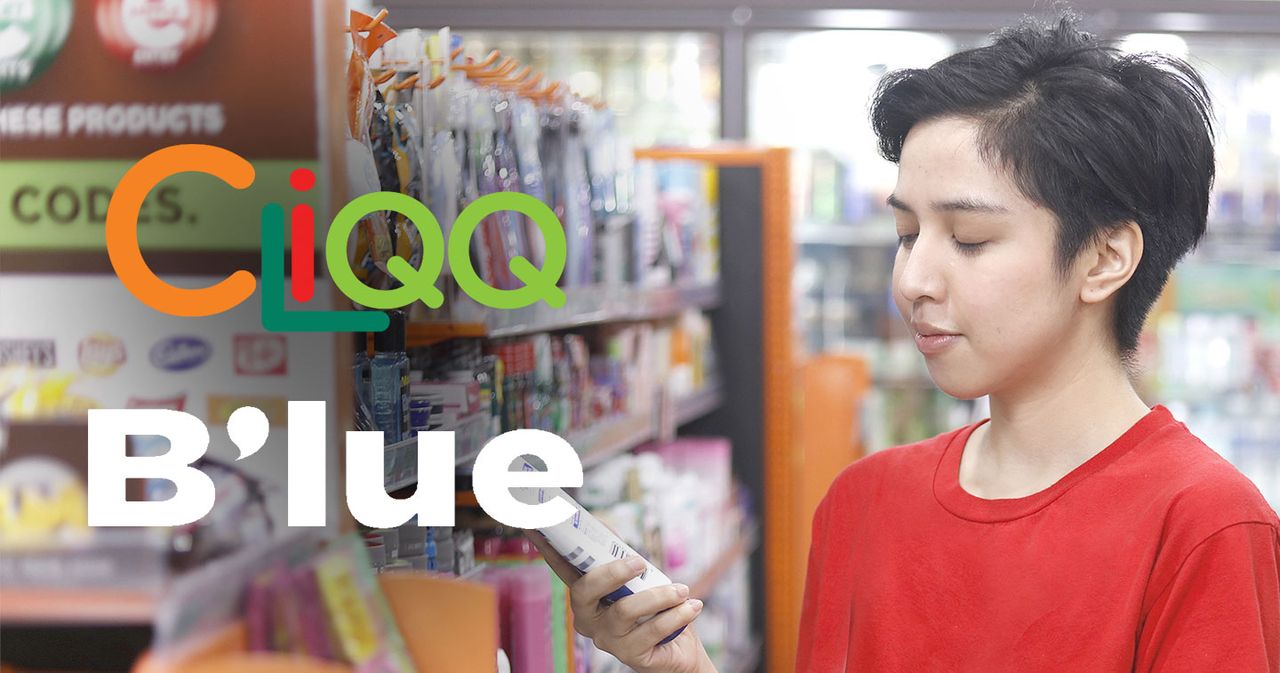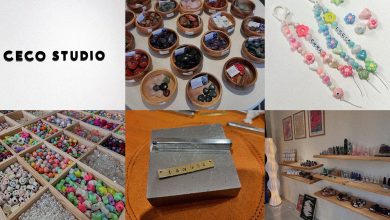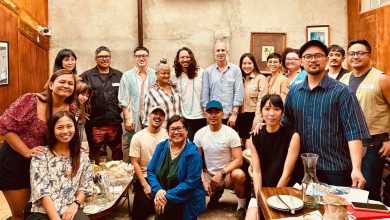MANILA, PHILIPPINES — Viral online campaigns. A winning social media strategy. Online campaign to offline sales. The changing media landscape has left reputable brands formulating and reformulating their approach on creating a successful online campaign, especially one that can help move the needle on physical store sales.
By helping users share text, videos, photos and other forms of content, social media has been the epicenter of this change, and brands are increasingly turning to agencies and internal teams to help them with this transition. What can brands do to adapt? No one single recipe can bridge online campaigns to offline sales, but there are measures we can take to boost the likelihood of success:
- Understand where your consumers are – Fifteen years ago, it was enough to reach your audience via desktops and laptops. But in 2020, everything is happening on mobile. Filipinos have been consuming digital content via their mobile devices, whether it be video, music, or memes.
- Create your online presence – No self-respecting brand will succeed today without an online presence and social media. According to the study ‘Riding the Digital Wave’ by Facebook and Bain & Company about Southeast Asia’s digital economy, 76% of survey respondents in the region discover new products online. Among all the online tools, social media has become one of the most popular ways for brands to push their latest campaigns and products. At the same time, it has become a means for consumers to voice their affinity (or anger) at those same brands.
- Fine-tune your outreach to a specific target audience – Every marketing department wants to ensure their budget is spent creating campaigns that will reach their specific target audience. With Facebook ad solutions, those budgets can be used efficiently to reach a specific demographic instead of merely spending on non-targeted ads in traditional media. For instance, Collaborative Ads on Facebook now gives businesses the chance to track actual sales generated by a specific campaign.
- Find the right partner – Engage with technology partners that can give you the widest reach. According to the same study by Facebook and Bain & Company, 54 percent of consumers in Southeast Asia learnt about new products and brands online via social media. Ads on Facebook are known to have targeted capabilities, able to hone in on a specific demographic more than a conventional ad.
- Learn from your mistakes and don’t be afraid to experiment – Innovations are made partly through trial and error, so don’t be afraid to test new ideas. Consider an approach no brand has done before. After the campaign, measure your success and find out what worked and what didn’t. Some of the tools you can use include: brand lift tests, which measure your audience’s ad recall, brand awareness and message association; and conversion lift surveys, which measure the additional online, offline or mobile app business driven by ads.
There’s no proven formula for viral campaigns, but brands can do more to increase their chances of success. One case in point is a recent campaign in the Philippines by retail giant 7-Eleven, which resulted in a 31% increase in sales for the vitamin water B’lue. The retail chain partnered with B’lue’s manufacturer — the France-based multinational food company Danone — for a collaborative ad campaign on social media site Facebook.
By using collaborative ads, the campaign maximized retail and brand partnership to reach and convert more shoppers. Collaborative Ads by Facebook are intended to make collaboration between brands and retailers easy, simple, and safe. With this platform, retailers can work with brands to run performance marketing campaigns for their products, driving sales on the retailer’s website or mobile app. The feature automates certain processes in a campaign, including tracking how many people have been exposed to a certain ad posted on the social media website, as well as tracing how much of the product was actually sold due to the digital campaign.
The campaign fine-tuned its outreach to a specific demographic, reaching custom audiences who had signed up for 7-Eleven’s loyalty program, CLiQQ, and had purchased B’lue. It also reached a similar “lLookalike” demographic based on their existing users, as well as Filipinos who are 20 to 30 years old.

The campaign involved mixing together online and offline solutions. Using an ad on Facebook, online users were shown an image of the drink with a Call to Action button. Clicking on the button directed them to the nearest 7-Eleven store where they can receive a voucher using their CLiQQ loyalty card.

The four-week campaign ran from May to June 2019. Using measurement tools from Facebook, 7-Eleven determined the campaign resulted in more in-store traffic from shoppers with a high intent to purchase, as well as a 26% increase in sales for B’lue highlighted product compared to the previous year. As mentioned earlier, there was also a 31% increase in sales for B’lue range of products as compared to the previous year.
Deena Santos, Marketing Manager for 7-Eleven’s CLiQQ shares, “Facebook’s Collaborative Ads are a game changer for consumer product brands, as we are now able to track whether a Facebook ad is able to generate an actual sale for the advertiser in the store. In this partnership campaign with Danone, we could control total spend, target interested Filipinos, and measure results.”










This article has been excellently covered. It has given some of the finest ideas to survive in the industry. I personally think it is great because I applied some of these ideas. I recommend others also to try it. Great mind and thinking are done in this beautifully expressed article.